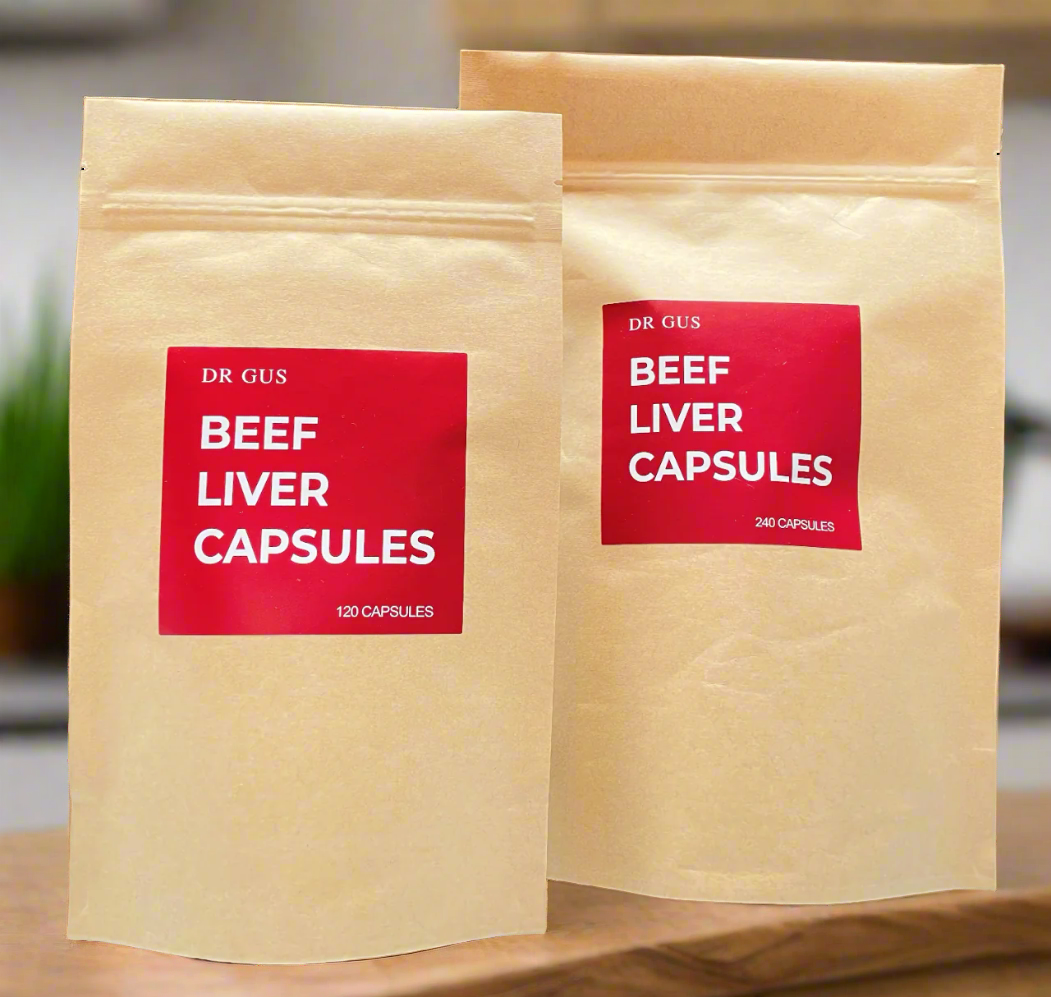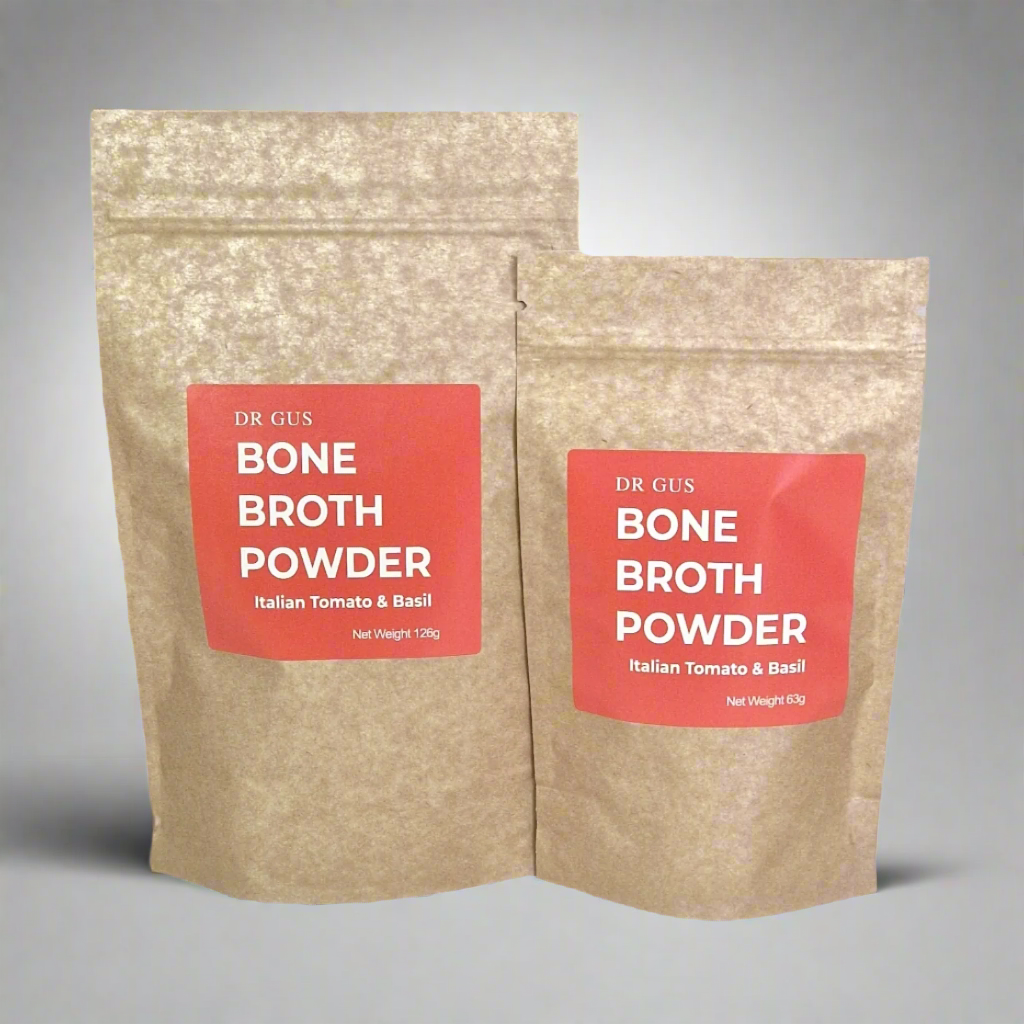how can we help you thrive?
how can we help you thrive?
Bone Broth reduces Blood Pressure
February 10, 2019 3 min read
When someone reports to their doc with high blood pressure they will often be prescribed ACE inhibitors such as enalapril, lisinopril, perindopril and ramipril. Well a new study using pork bones has confirmed what we already know from chicken broth studies. Specifically, that collagen in bone broth also contains series of amino acids that act in a similar way to ACE inhibitors and can lower blood pressure.
Bone broth is not a supplement, its a food, a slow food, and as Hippocrates said – “Let food be thy medicine!” That proclamation is really starting to come true now. Bone broth also has the advantage of having no side effects and as is sworn to in the Hippocratic Oath, doctors must “Do No Harm!”
Thanks for reading.
Abstracts below for those interested.
Peptides with Potential Cardioprotective Effects Derived from Dry-Cured Ham Byproducts
Abstract

The interest in using food byproducts as a source of bioactive peptides has increased significantly in the recent years. The goal of this work was to determine the presence and stability of peptides showing angiotensin I-converting enzyme (ACE-I), endothelin-converting enzyme (ECE), dipeptidyl peptidase-IV (DPP-IV), and platelet-activating factor-acetylhydrolase (PAF-AH) inhibitory activity derived from dry-cured ham bones, which could exert cardiovascular health benefits. ACE-I and DPP-IV inhibitory peptides were stable against heating typically used in Mediterranean household cooking methods and also to in vitro digestion. PAF-AH inhibitory activity significantly increased following simulated gastrointestinal digestion whereas ECE inhibitory significantly decreased (P < 0.05). The mass spectrometry analysis revealed a notable degradation of hemoglobin-derived peptides after simulated digestion, and the release of a large number of dipeptides that may have contributed to the observed bioactivities. These results suggest that natural peptides from Spanish dry-cured ham bones could contribute to a positive impact on cardiovascular health.
Keywords:
bioactive peptides; cooking; ham bones; in vitro digestion; mass spectrometry
Angiotensin I-Converting Enzyme-Inhibitory Peptides Obtained from Chicken Collagen Hydrolysate
* To whom correspondence should be addressed. Tel.: + 81-29-847-7815; fax: +81-29-847-7824; e-mail: a.egusa@nipponham.co.jp., †
Abstract
In this study, collagen extracted from chicken legs (which are the yellow keratin parts containing a nail) was hydrolyzed with various enzymes, and the angiotensin I-converting enzyme (ACE)-inhibitory activity of each hydrolysate was determined. The hydrolysate by treatment with an Aspergillus species-derived enzyme had the highest activity (IC50 = 260 µg/mL). The fraction of this hydrolysate obtained by ultrafiltration with a molecular-weight cutoff of 3000 Da (low fraction) had a stronger activity (IC50 = 130 µg/mL) than the fractionated one. This fraction was further fractionated by HPLC, and the peptides in the fraction with high ACE-inhibitory activity were identified. The amino acid sequences of the four peptides were identified using a protein sequencer. These peptides were synthesized to confirm their ACE-inhibitory activities; this showed that peptides with a Gly-Ala-Hyp-Gly-Leu-Hyp-Gly-Pro sequence had the highest activity (IC50 = 29 µM). When the low fraction was administered to spontaneous hypertensive rats, a decrease in their blood pressure was observed after 2 h of administration, and a significant decrease in blood pressure (−50 mmHg) was observed after 6 h. Moreover, long-term administration studies indicated that the low fraction showed a significant suppression of increased blood pressure.
Leave a comment
Comments will be approved before showing up.






